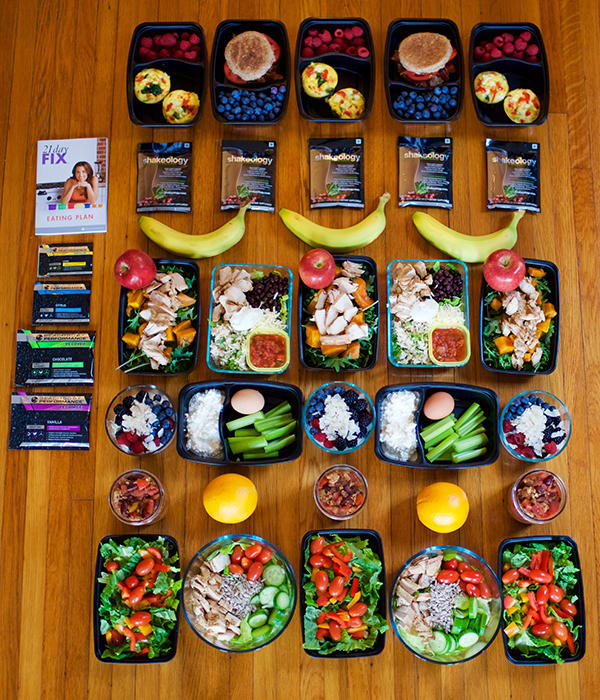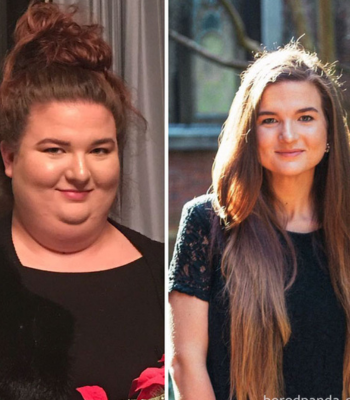The 2100 Calories Diet: A Comprehensive Guide to Balanced Nutrition and Effective Weight Loss
Introduction
In the quest for a healthy and balanced diet, the 2100 calories diet has gained popularity among health enthusiasts and individuals looking to lose weight. This diet plan is designed to provide a reasonable calorie intake while ensuring essential nutrients are consumed to support overall well-being. In this article, we will delve into the details of the 2100 calories diet, its benefits, and how to effectively incorporate it into your lifestyle for sustainable weight loss.
The Science behind Calorie Counting
Calories play a crucial role in maintaining our body weight. It is essential to find the right balance between consuming an adequate amount of calories to meet our energy needs and maintaining a calorie deficit to promote weight loss. The 2100 calories diet strikes this balance by providing enough energy to keep you fueled throughout the day while still creating a calorie deficit to support gradual and sustainable weight loss.
The Benefits of the 2100 Calories Diet
Implementing a calorie-controlled diet like the 2100 calories diet offers numerous benefits for both weight management and overall health:
1. Controlled Weight Loss: The 2100 calories diet helps create a calorie deficit, promoting gradual and controlled weight loss. This approach is considered more sustainable compared to extreme caloric restriction, which can result in nutrient deficiencies and metabolic slowdown.
2. Balanced Nutrition: By following the 2100 calories diet, you ensure that your body receives essential macronutrients (carbohydrates, proteins, and fats) and micronutrients (vitamins and minerals) in adequate amounts. This helps support overall health and wellness.
3. Improved Energy Levels: Consuming the right amount of calories ensures that your body has enough energy to carry out daily activities and workouts effectively. The 2100 calories diet can help fuel your body without leaving you feeling deprived or fatigued.
4. Enhanced Blood Sugar Control: The 2100 calories diet, when properly balanced, can help regulate blood sugar levels. By choosing healthy carbohydrate sources, such as whole grains and fruits, and incorporating lean proteins, you can maintain stable blood sugar levels throughout the day.
The Components of the 2100 Calories Diet
To effectively follow the 2100 calories diet, it is crucial to distribute your calorie intake across the major macronutrients: carbohydrates, proteins, and fats. Here is a breakdown of how to allocate calories for each group:
1. Carbohydrates: 45-65% of total calories
– Focus on complex carbohydrates from sources like whole grains, legumes, fruits, and vegetables.
– Avoid or limit simple carbohydrates found in refined grains, processed foods, and sugary snacks.
2. Proteins: 10-35% of total calories
– Choose lean protein sources such as poultry, fish, lean cuts of meat, tofu, tempeh, beans, and lentils.
– Incorporate a variety of protein sources to ensure a balanced amino acid profile.
3. Fats: 20-35% of total calories
– Prioritize unsaturated fats from sources like avocados, nuts, seeds, olive oil, and fatty fish.
– Limit saturated and trans fats found in processed foods, high-fat dairy products, and fatty meats.
Sample Meal Plan for the 2100 Calories Diet
Here is a sample meal plan to give you an idea of how to structure your meals while following the 2100 calories diet:
– Breakfast: Scrambled eggs with spinach, whole wheat toast, and a side of mixed berries.
– Snack: Greek yogurt with sliced almonds and a drizzle of honey.
– Lunch: Grilled chicken breast salad with mixed greens, cherry tomatoes, cucumber, and balsamic vinaigrette dressing.
– Snack: Carrot sticks with hummus.
– Dinner: Baked salmon with quinoa and roasted broccoli.
– Dessert: Dark chocolate square.
Tips for Successful Implementation
To make the most of the 2100 calories diet, consider these tips:
1. Meal Planning: Plan your meals and snacks in advance to ensure you meet your calorie and nutrient targets. This will also help you resist temptations and make healthier choices.
2. Portion Control: Be mindful of portion sizes to ensure you are not exceeding your daily calorie goals. Use measuring cups or a food scale until you become familiar with appropriate portions.
3. Hydration: Stay adequately hydrated by drinking water throughout the day. This will help you feel fuller and support your body’s overall functions.
4. Regular Exercise: Combine the 2100 calories diet with regular physical activity to maximize weight loss and overall health benefits. Aim for a combination of cardiovascular exercises and strength training.
Conclusion
The 2100 calories diet provides a balanced approach to weight loss and overall health. By carefully selecting nutrient-dense foods and staying within the recommended calorie range, you can optimize your weight loss journey while ensuring your body receives the necessary nourishment. Remember to consult with a healthcare professional or registered dietitian before making any major changes to your diet. Stick to the plan, stay consistent, and enjoy the journey towards a healthier, fitter you!







